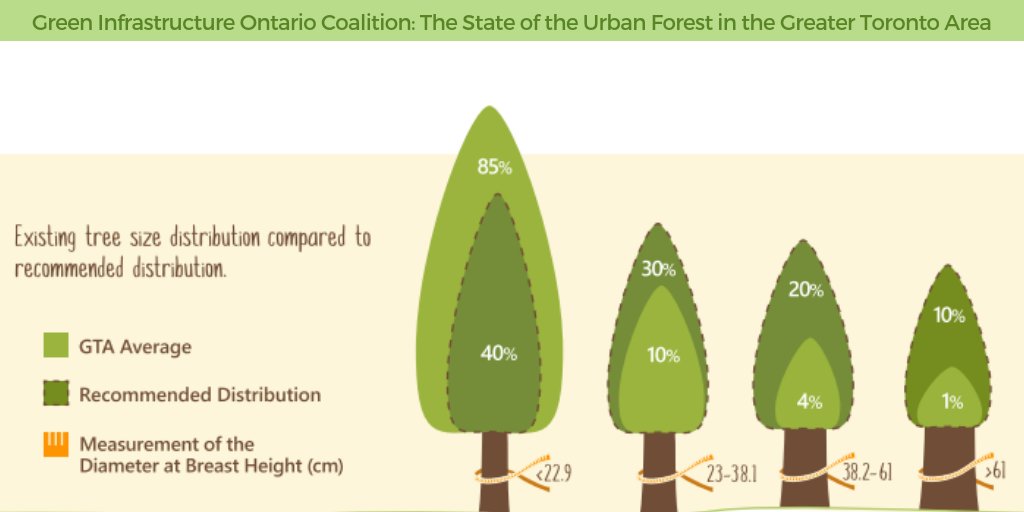Tree Elimination Aftercare: Best Practices For Landscape Healing
Tree Elimination Aftercare: Best Practices For Landscape Healing
Blog Article
Composed By-Berman Chambers
After a tree's elimination, your landscape may look quite various, and it's vital to evaluate the results carefully. You'll intend to assess the soil disturbance and check bordering plants for any indications of stress and anxiety. Ignoring these aspects can result in larger problems down the line. So, what should you make with those stumps and roots? And exactly how do you pick the very best plants for your rejuvenated area? Let's discover these important steps.
Examining the Consequences: Assessing Your Landscape
After a tree elimination, it's essential to evaluate your landscape to understand the impact it carries your backyard.
Start by examining the area where the tree stood. Search for indications of soil disruption, and examine the bordering plants for any stress or damage.
You must additionally take note of how the removal has altered sunlight direct exposure and airflow in your garden. This shift can impact the development of neighboring plants, so it's essential to review their health and wellness.
Consider the visual aspects also; the elimination might create an open space that you can upgrade.
Finally, consider any type of potential erosion concerns that may emerge from the tree's absence. Resolving these factors early will assist recover balance to your landscape.
Taking care of Stumps and Roots: Choices for Elimination
When you've evaluated the after-effects of the tree removal, you'll likely require to deal with the stump and roots left.
You have a few alternatives for removal. One efficient technique is stump grinding, where an expert makes use of an equipment to grind the stump to underground degree. This method leaves minimal disturbance to your landscape.
If you favor a do it yourself technique, you can utilize a mix of excavating and chemical stump removers. Just bear in mind, this process can require time and initiative.
Additionally, take into consideration leaving the stump as an all-natural attribute, which can serve as a distinct yard component or habitat for wild animals.
Whatever you select, resolving the stump and origins is important for recovering your landscape.
Choosing the Right Plants for Your New Area
As you analyze your freshly gotten rid of space, picking the right plants can substantially boost your landscape's elegance and capability.
Start by considering the sunlight and dirt problems. For https://stump-fire06284.blog-ezine.com/35427128/when-done-properly-tree-pruning-can-enhance-the-beauty-and-health-of-your-landscape-what-particular-benefits-can-you-anticipate-from-this-required-technique , choose drought-resistant plants like lavender or succulents. In shaded When To Prune A Pear Tree , ferns and hostas prosper well.
Think of the dimension and development habits of your plants; mix perennials and annuals for seasonal selection. Do not fail to remember to incorporate native types; they require much less upkeep and support neighborhood wildlife.
Group plants in weird numbers for an extra all-natural look and produce layers for visual deepness.
Finally, guarantee you have a mix of shades and structures to keep your landscape vibrant throughout the seasons.
Satisfied planting!
Conclusion
Finally, recovering your landscape after tree elimination is a fulfilling process. By assessing the results, resolving stumps and origins, and picking the right plants, you'll create a successful setting. Do not neglect to integrate How To Prune An Apple Tree Diagram to shield your dirt. With a little initiative and care, you can transform your space into a dynamic yard that enhances your home. Welcome the opportunity to rejuvenate your landscape and delight in the beauty of nature right in your backyard!
